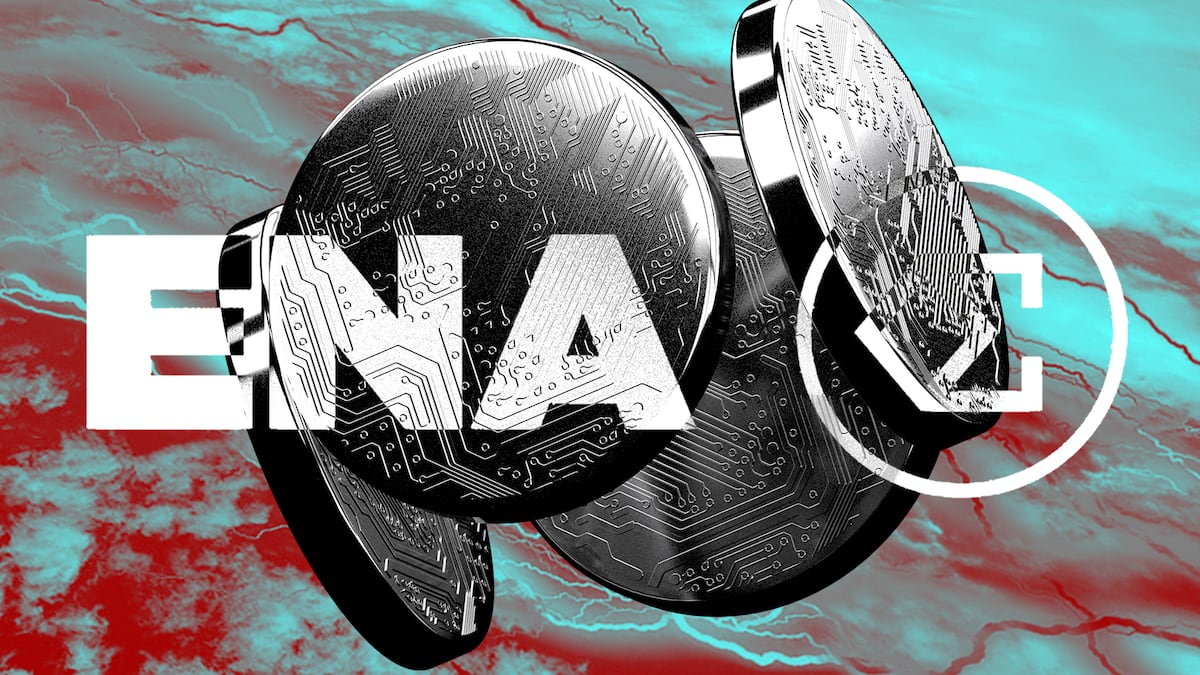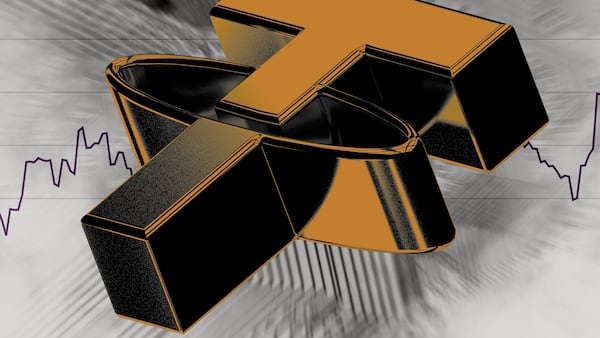- Ethena Labs airdropped over $500 million in ENA tokens to active users in a six-week airdrop campaign.
- USDe has reached over $1.9 billion in total supply, adding $361 million since Monday.
- Following the success of its initial airdrop, Ethena announced a second campaign that will run until September 2.
Airdrop chasers scooped up more than $500 million from Ethena’s first airdrop.
The over 90,000 users who participated in Ethena’s six-week airdrop campaign — which kicked off on February 19 — were eligible for the airdrop, the first of several planned.
The returns for some have been impressive, too.
A user who locked in $10,000 worth of USDe on the first day of the campaign would have received approximately 9,000 ENA tokens, around $9,000 at current prices.
Other leveraged strategies, such as using yield tokens on the DeFi protocol Pendle, offered even greater returns, offering users up to an 800% return.
The campaign let users accumulate points, called “shards,” through a range of activities, including buying and holding the buzzy new stablecoin, using USDe in lending protocols, and providing liquidity on decentralised exchanges.
Airdrop recipients, who account for 5% of the total 15 billion ENA supply, were required to claim their tokens on the Ethereum mainnet.
As of 2 PM London time, roughly a third of users had claimed their airdrop.
Of all the stablecoins on the market, Ethena’s offering differs from that of market leaders like Circle’s USDC and Tether’s USDT.
Instead of reportedly holding an excess of cash and crypto reserves, USDe maintains its peg to the dollar using a trading strategy that pairs liquid Ether staking tokens with short Ether perpetual futures.
Ethena designed its airdrop campaign to incentivise participation, with multipliers ranging from 5 to 20 times the shards earned per day, depending on the activity.
Shards were converted into ENA tokens, Ethena’s governance token, which launched on Tuesday at an initial price of $0.59.
ENA token holders can vote on key aspects of Ethena’s operation, future integrations, the exchanges and custodians it relies on, community grants, and more.
The value of ENA has since appreciated by 72%, reaching $1.02, implying a $1.4 billion market capitalisation.
The airdrop campaign was set to last three months or until USDe reached a circulating supply of $1 billion.
USDe surpassed the $1 billion mark on March 13, and its circulating supply currently stands at $1.9 billion.
Now, airdrop chasers are piling back in for Ethena Labs’ second airdrop later this year, with over $361 million added to its supply since Monday.
Ethena airdrop round 2
For those who didn’t qualify for the first airdrop, Ethena has already announced plans for its second airdrop campaign.
Users appear interested, with over $361 million added to the USDe supply since the start of season two.
In the second campaign, Ethena introduces a novel reward system where users can accumulate points, named “sats,” a strategic pivot towards integrating Bitcoin perpetual futures markets to continue growing USDe.
The term “sats” not only reflects the campaign’s new direction but also pays homage to Bitcoin’s smallest unit of account, satoshis, commonly referred to as sats.
Ethena sats are rewarded for holding USDe, depositing USDe in liquidity pools on decentralised exchanges, lending or borrowing USDe on money markets, and more.
The second campaign is expected to last until September 2, or when the total USDe supply reaches $5 billion, whichever comes first.
Alongside anticipation around the ENA airdrop, the growth has also been driven by the more than 35% yield it offers to USDe stakers.
This source of yield and USDe’s rapid growth have led to debate about its sustainability and risks. To generate this yield, Ethena relies on funding rates on perpetual trading markets to stay positive.
When traders are more bullish, funding rates tend to stay positive, and when they are more bearish, they flip negative.
Since Ethena only recently launched in a bull market, USDe has not been tested in an environment with consistently negative funding rates.
Ethena relies on centralised exchanges to maintain the USDe peg through its trading strategy, piling on additional counterparty risk.
Ryan Celaj is a data correspondent at DL News. Got a tip? Email him at ryan@dlnews.com.







